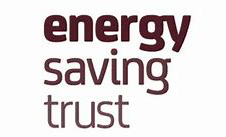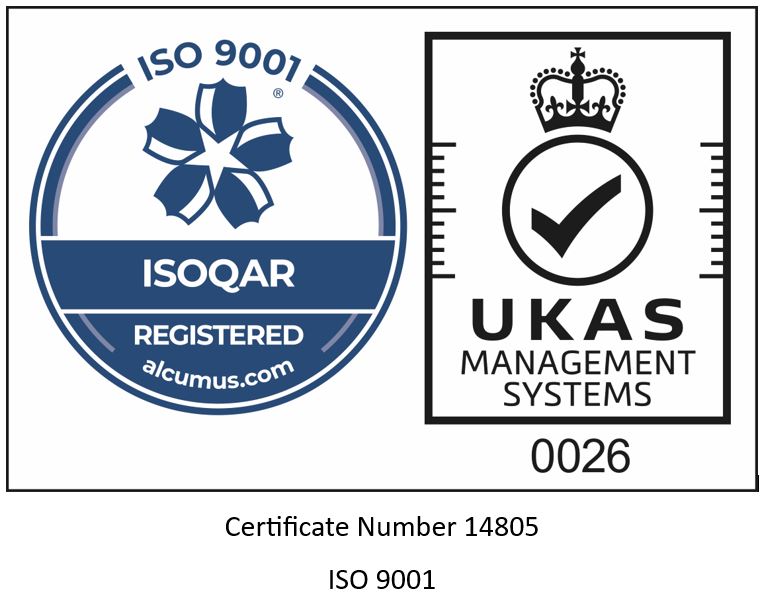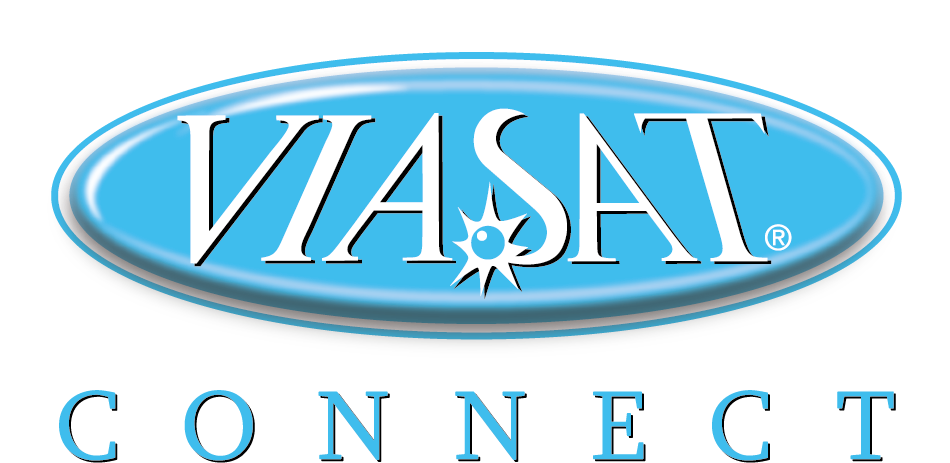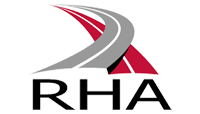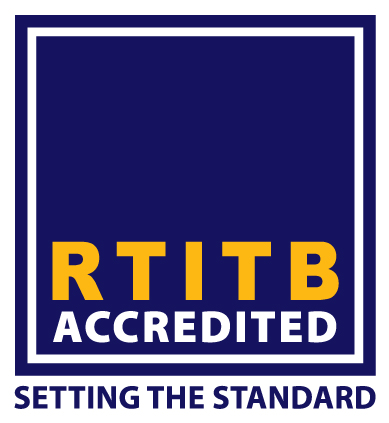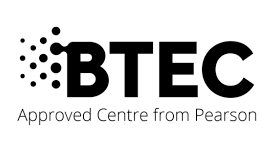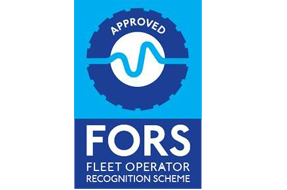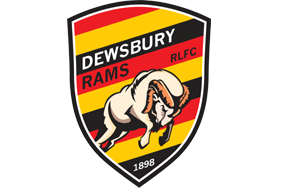Safe Parking Tips
Dated: 01 Mar, 2023
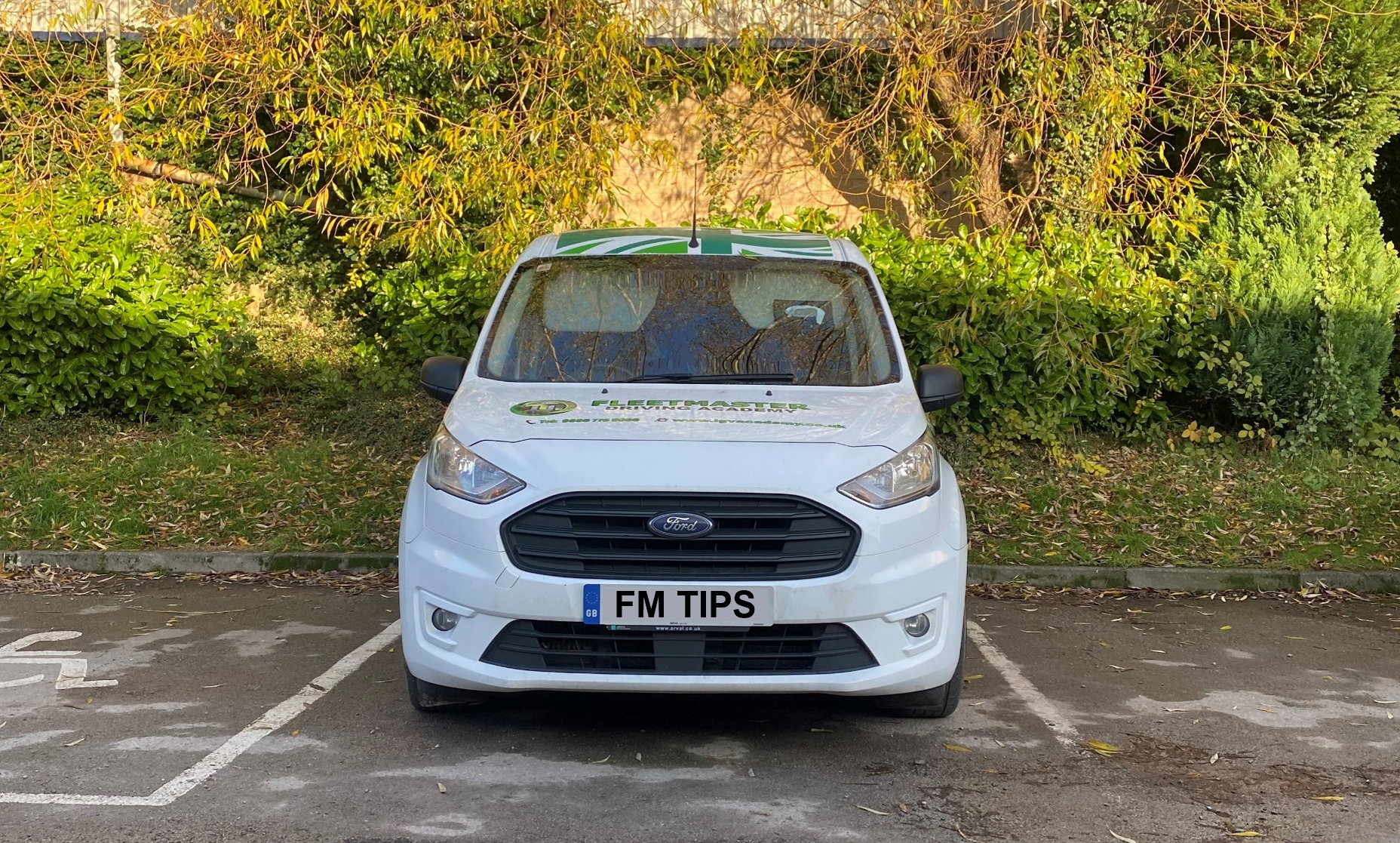
Parking can be a daunting thought for some drivers, especially in those tight spaces in busy car parks. In this article we will look at some tips you can use to ensure you don’t have a parking nightmare!
GOAL
The three-poled frame with a net attached isn’t the only ‘Goal’ you should be familiar with. In driving terms, GOAL stands for ‘Get Out And Look,’ and is a technique that can help you eliminate your blind spots. If you find yourself parking your vehicle and you are not too sure how much room you have, and you can’t see the area in your mirrors, get out of your vehicle and check the space. Your eyes won’t lie to you and you will now know exactly how much room you have to either carry on the manoeuvre or pull out and start again. Remember to turn the engine off and remove the keys when using this technique!

O.W.L
Owls are symbolically used to represent wiseness, and you would be wise to use this technique when parking! O.W.L stands for Observations Without Limitations and ensures that you are carrying out full observations when manoeuvring your vehicle. Scan, plan and look all around. Move your head and body to make full observations and remove as many blind spots as possible. You are looking out for sounds and visuals to decide whether it is safe to undertake the manoeuvre or not. Listen out for talking, vehicle noises/movement, footsteps, music (especially from food vehicles such has ice cream vans) and objects. Lower your windows and turn off your radio to heighten your senses. Visually, you are looking out for pedestrians, vehicles, moving shadows, reflections from shiny surfaces, unoccupied vehicles and objects/property.
Reversing and Parking Aids
Sensors, cameras and electronic mirrors are examples of technology that can make parking your vehicle a whole lot easier. Make use of any parking aids you have. Sensors will let you know how close you are to an object or vehicle. Sensors will vary based on your vehicle model, but for the most part they are accompanied by a beeping sound that will intensify the closer you get to something. Some sensors also have visual aids, surrounding your vehicle in lines which fill more and more the closer you get to something.
Cameras will eliminate those blind spots that you may sometimes find yourself second guessing on whether you have enough room. Front and rear cameras will show you what you can’t see for yourself, and will appear on your in-vehicle display. Using your parking cameras (if you have them) will remove the blind spots below your front and rear windscreens.
Electronic mirrors can also be lowered from within the vehicle, the button to alter these can typically be found on the driver door near your window controls. Some vehicles even have mirrors that will automatically lower when you shift into reverse to aid in seeing if you are evenly spaced in the parking bay. Make full use of any technology you have at your disposal to help you park your vehicle, but remember, YOU the driver are the most important parking feature in the vehicle!
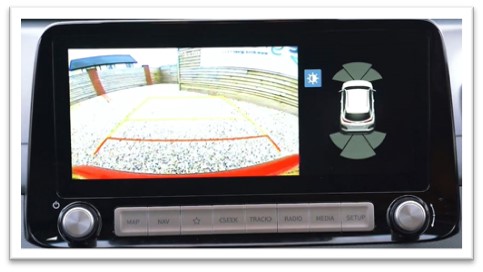
Spotter
Using a spotter is a great way to park your vehicle, especially in larger vehicles. The role of the spotter is to instruct you into the space you are manoeuvring your vehicle into. Linking back to O.W.L, lower your windows and turn your radio off as you want to be able to hear and see your spotter at all times. If you lose sight of the spotter you need to stop immediately and let them know you have lost sight of them. The most important instruction and signal you will hear from your spotter is STOP! You may not always have a spotter on hand to aid you, but if you do it is a great technique to use in safely parking your vehicle.
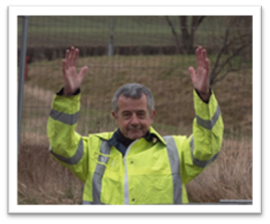
Dynamic Risk Assessment
A dynamic risk assessment is assessing a situation that could change at any time. Just because the space is clear now, does not mean it will be by the time you have started your manoeuvre. You need to consider any:
- Hazards
- Objects
- Vulnerable road users
- Blind spots
- Vehicle characteristics
- Company policies if in a work vehicle
- Your surrounding environment
- The time of day
- The weather
- Your speed
- The speed of a third party
- Signals
You need to consider the above before you have even begun to manoeuvre, and all of those could change during the manoeuvre. Again, use O.W.L, GOAL and a spotter (if you can) to aid in assessing the space you are moving into.
Blind Spots
These have already been mentioned in this article before, but what actually is a blind spot? A blind spot is an area that the driver cannot see for themselves or with the aid of their mirrors. Due to the design of vehicles, there will always be areas you cannot see due to the bodywork of the vehicle. This is why it is vital to use any techniques (O.W.L, GOAL, Spotter) and technology (cameras, sensors, mirrors) you can to help eliminate these blind spots as much as you can.
The Dutch Reach
This technique is great way to make sure you are safe to exit your vehicle.
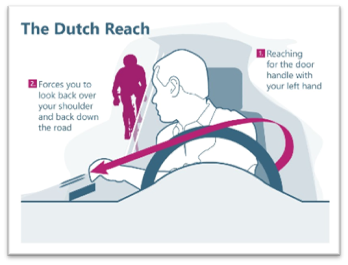
By reaching with the opposite hand to open the door (left hand to right door, right hand to left door) you force yourself to look over your shoulder into the blind spot to the side and rear of your vehicle. This is very important to not only keep yourself safe when exiting, but to also keep others safe. This is one final check to make sure you are not opening your door into a cyclist, pedestrian, motorcyclist or vehicle.
Parking Bays
When parking in parking bays it is best practice to leave your vehicle so that it is facing forwards for when you are ready to exit the space. The reason you want to leave the vehicle facing forwards for when you leave the bay is that you have more sight and control on your exit. The best and safest way to achieve this is to either drive from one bay into another (if this is possible in a car park with back-to-back bays) or to reverse park into a bay.
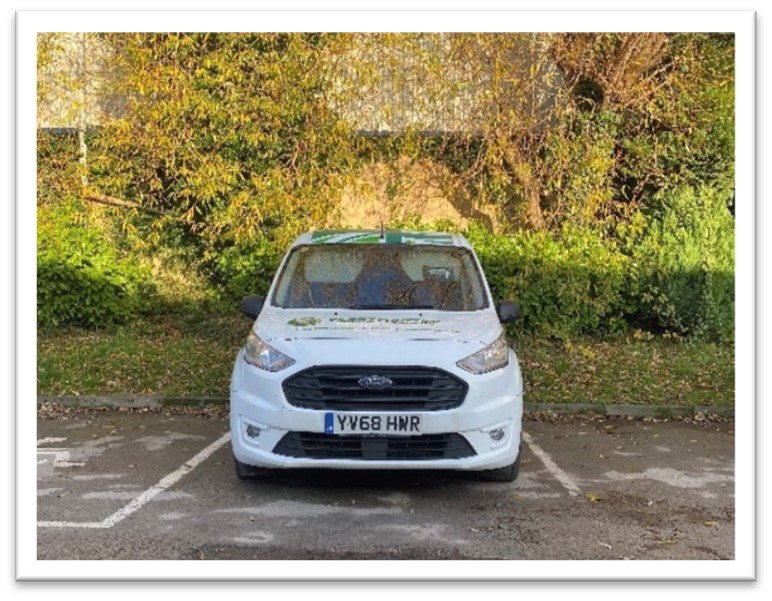
Parallel Parking
This is generally considered one of the trickiest skills in driving, but once mastered can be a great asset in securing a parking space on a busy street. Best practice when parallel parking is to signal to alert other road users of your intention to stop and begin parking, pull up both level and adjacent to the vehicle you are wanting to park behind and then complete a risk assessment to determine whether it is safe to begin the manoeuvre. Full lock the steering wheel so that when you reverse your rear is going towards the kerb. Make sure you are slowly reversing and constantly scanning your surroundings for any hazards. Then begin to full lock the steering wheel in the opposite direction to straighten out your vehicle. You want to time this so that you are straightening up in line and next to the kerb. Make use of your kerbside mirror for this, lower it if possible so you can gauge where the kerb is in relation to your vehicle. Once you have straightened out the vehicle (or can no longer reverse any further) make any final adjustments to your position that you need to. Make sure you leave enough room in front and behind your vehicle so that you, and the other parked vehicles, can safely exit onto the street or road. Again, throughout the process make sure you are always observing your surroundings, make use of all the techniques and technology mentioned in this article to ensure a safe and successful parallel park.
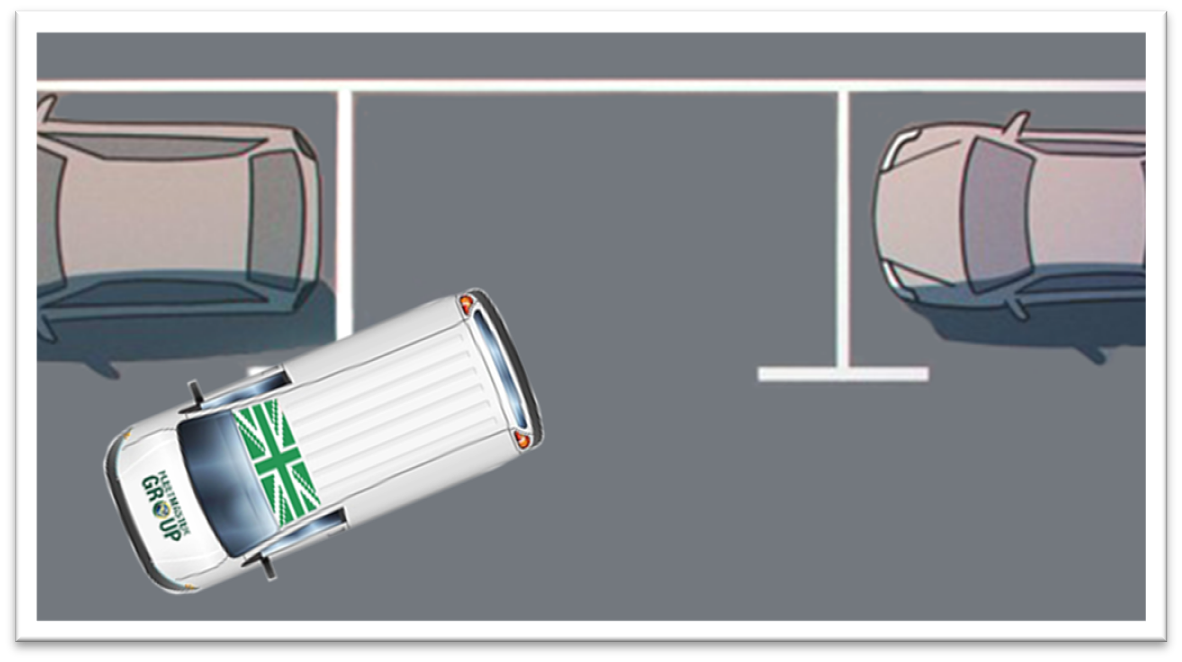
SLOW
Last but not least, always keep it SLOW. SLOW as an acronym stands for Speed Low, Observe Warnings, and you will constantly see it painted on the road when driving. The same applies when parking, keep your speed low, and observe the potential hazards around you.
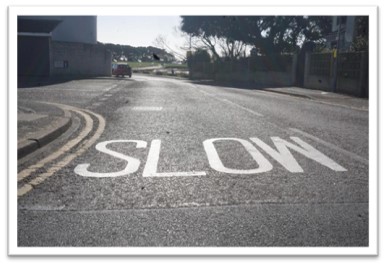



![]()
![]() | www.fleetmastergroup.com | enquiries@fleetmastergroup.com | 01924 416624
| www.fleetmastergroup.com | enquiries@fleetmastergroup.com | 01924 416624

